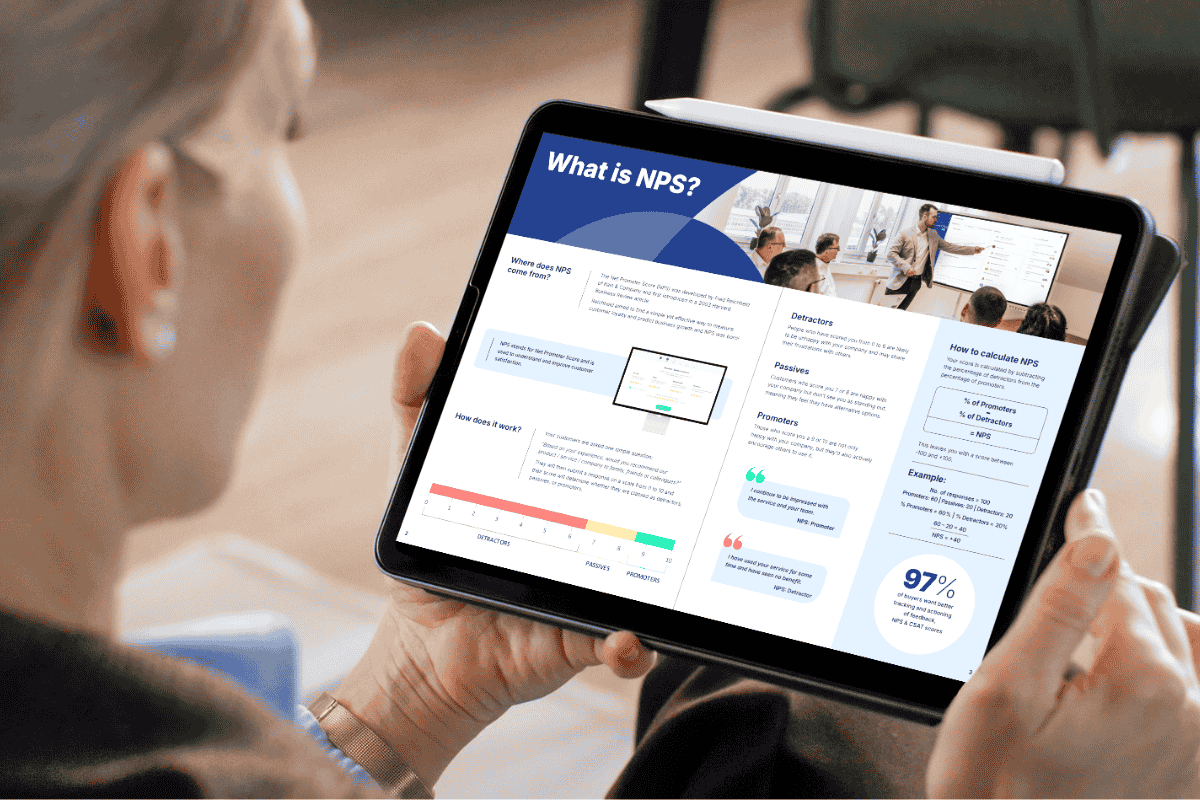
In my last article, we explored the hidden friction points that are damaging enterprise client relationships, and the strategic missteps that often go unnoticed. Now we're moving from diagnosis to action.
Whether you're managing multi-million-pound contracts or high-stakes service delivery, your client relationships live and die in the moments that matter. Based on Clientshare's experience supporting enterprise suppliers across Contract Catering, FM, Logistics and Business Services, I’ve identified four practical steps and four high-impact touchpoints that can transform strained partnerships into true strategic alliances.
4 critical steps to transform your client relationships
Based on our experience in helping enterprise clients rebuild strategic partnerships, we've identified four critical steps that can fundamentally change relationship dynamics:
- Assess
Start by acknowledging current relationship challenges openly - without blame or defensiveness. You can’t repair what you don’t recognise as broken. This honest assessment creates the foundation for meaningful change.
- Establish shared vision
Move beyond contract terms to establish mutual goals that connect your deliverables to broader business objectives. Do you know your client's 1-year, 3-year, and 5-year plans? How do your services align with their ambitions? What mutual goals will position you as a trusted partner rather than just another supplier? And if you can’t answer these questions, don’t be afraid to ask them!
- Implement strategic communication
Transform one-way reviews into two-way discussions focused on value creation. Remember that one size doesn't fit all. Different teams will want different information, for example:
-
- Leadership and finance teams want strategic plans and risk identification
- Procurement needs KPIs against operational targets
- Operations leaders look for added value and innovation opportunities
- Collaborate to create value
Ensure your touchpoints align with both immediate operational goals and longer-term strategic ambitions. Think ahead to how your relationship could look in the future and keep the door open for up- and cross-selling opportunities.
Seeing these steps in action
These principles aren't theoretical, they're proven in practice. These are a couple of real-world examples of how our clients have transformed their client relationships through world-class CX approaches:
Carlisle Support Services
During a period of rapid expansion, Carlisle needed to maintain consistent, high-quality communication with their clients. By implementing structured and meticulous business reviews as a critical touchpoint for sharing management information, real-time service data, and performance metrics, they transformed their client relationships. Contract managers were moved from administrative tasks to high-value business development activities, positioning Carlisle as a leader in relationship management.
ABM, a leading facilities solutions provider, further strengthened its customer experience strategy by implementing digital QBRs to gain a deeper understanding of their customers. Through strategic communication and collaboration, ABM continued to develop stronger client relationships, support retention and growth, and inform key decisions through sentiment insight data. This has been particularly valuable in critical environments such as hospitals, data centres and travel hubs.
4 key touchpoints for your B2B relationships
Building on these cases, I’ve identified four touchpoints that represent your greatest opportunities to build and strengthen the relationship you have with your customers:
- The Early Warning
There’ll always be issues, but how you handle disengaged customers and service issues determines whether these moments become relationship damage points or opportunities to demonstrate commitment. - The Review Meeting
Perhaps the most important touchpoint of the four, you should use these opportunities to swap from backward-looking metrics reviews to forward-looking strategy discussions. - The Innovation Discussion
These conversations need to evolve from supplier presentations to collaborative workshops where solutions emerge from a shared understanding of what success looks like - for both parties. - The Contract Renewal
This can either be a negotiation battleground or a partnership planning exercise that creates mutual value. Look to align yourself with solving customer problems to become a trusted partner whose growth is inextricably linked to your customer's success.
Putting this into practice
For immediate impact, make sure you are taking these steps:
- Check your key relationship touchpoints are creating value above and beyond the baseline
- Create a dedicated space for strategic discussions
- Share broader business objectives with your clients for increased transparency
- Shift your mindset from reactive service to proactive value creation
- Invest in understanding your clients' ever-evolving business needs
- Develop mechanisms for continuous feedback beyond formal meetings
Final thoughts
The most successful buyer-supplier relationships aren't those without problems - they're the ones that transform problems into opportunities for deeper partnership. The additional value created when buyers and suppliers work as true strategic partners is substantial and measurable.
The path to better business relationships starts with a simple step: identifying your most critical relationship touchpoint and reimagining how it could serve as a catalyst for improvement. And remember, repairing broken buyer-supplier relationships isn't just possible, it's simpler than you might think when you focus on transforming those key strategic moments.

